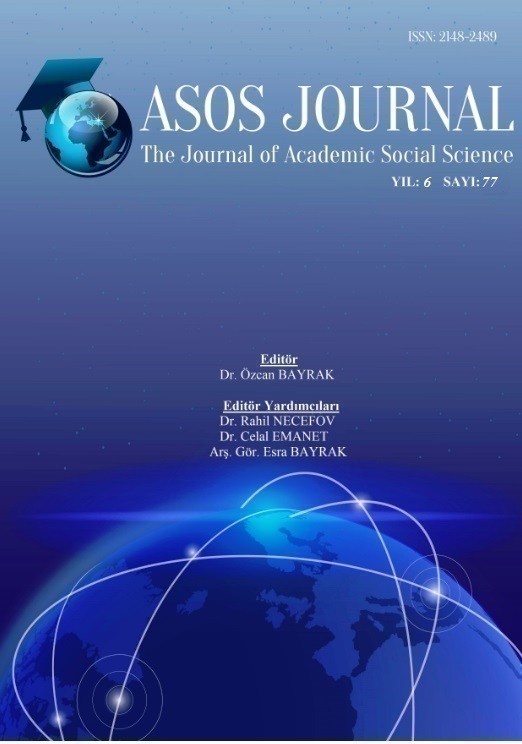ORTAOKUL ÖĞRENCİLERİNİN FEN, TEKNOLOJİ, MÜHENDİSLİK VE MATEMATİK (STEM) TUTUMLARI İLE STEM MESLEKLERİNE YÖNELİK İLGİLERİ ARASINDAKİ İLİŞKİ
Author :
Abstract
Bu çalışmanın amacı; altıncı, yedinci ve sekizinci sınıf öğrencilerinin “Fen, Teknoloji, Mühendislik ve Matematik” (STEM) tutumları ile STEM mesleklerine yönelik ilgileri arasındaki ilişkiyi araştırmaktır. Bu amaçla, çalışmada nicel araştırma yönteminin deseni olan betimsel tarama türlerinden ilişkisel tarama modeli kullanılmıştır. Çalışmanın örneklemini Kahramanmaraş ili 12 Şubat ilçesinde öğrenim gören ve basit rastgele örnekleme yöntemi ile seçilen toplam 323 ortaokul öğrencisi oluşturmuştur. Çalışmada veri toplama aracı olarak “Fen, Teknoloji, Mühendislik, Matematik (STEM) Tutum Ölçeği” ve “Fen, Teknoloji, Mühendislik, Matematik (STEM) Mesleklerine Yönelik İlgi Ölçeği” kullanılmıştır. STEM tutum ölçeğine ilişkin elde edilen “Cronbach Alpha” iç güvenilirlik katsayısı .87 ve STEM mesleklerine yönelik ilgi ölçeğine ilişkin “Cronbach Alpha” güvenirlik katsayısı .94 olarak tespit edilmiştir. Verilerin analizi sonucunda öğrencilerin STEM tutumları ile STEM mesleklerine yönelik ilgileri arasında yüksek düzeyde, doğrusal ve pozitif yönde anlamlı bir ilişki olduğu tespit edilmiştir. Sonuç olarak, öğrencilerin STEM tutumları artırılırsa, onların bu alana yönelik mesleklere yönelebileceği düşünülmektedir.
Keywords
Abstract
The purpose of this study is to investigate the relationship between the attitudes of science, technology, engineering and mathematics (STEM) and STEM occupations of sixth, seventh and eighth grade students. For this purpose, a correlational survey one of the survey designs was used in the study. The sample of the study was composed of 323 middle school students who were studying in 12 Şubat district of Kahramanmaras province and selected by simple random sampling method. In the study, "Science, Technology, Engineering, Mathematics (STEM) Attitude Scale" and "Interest Scale for Science, Technology, Engineering, Mathematics (STEM)" were used as data collection tools. The "Cronbach Alpha" internal reliability coefficient for the STEM attitude scale was .87 and the "Cronbach Alpha" reliability coefficient for the STEM occupation scale was .94. As a result of the analysis of the data, it was found that there is a significant relationship between the STEM attitudes of the students and the STEM professions at a high level, linearly and positively. As a result, if students' STEM attitudes are increased, they are thought to be able to address professions related to this field.





